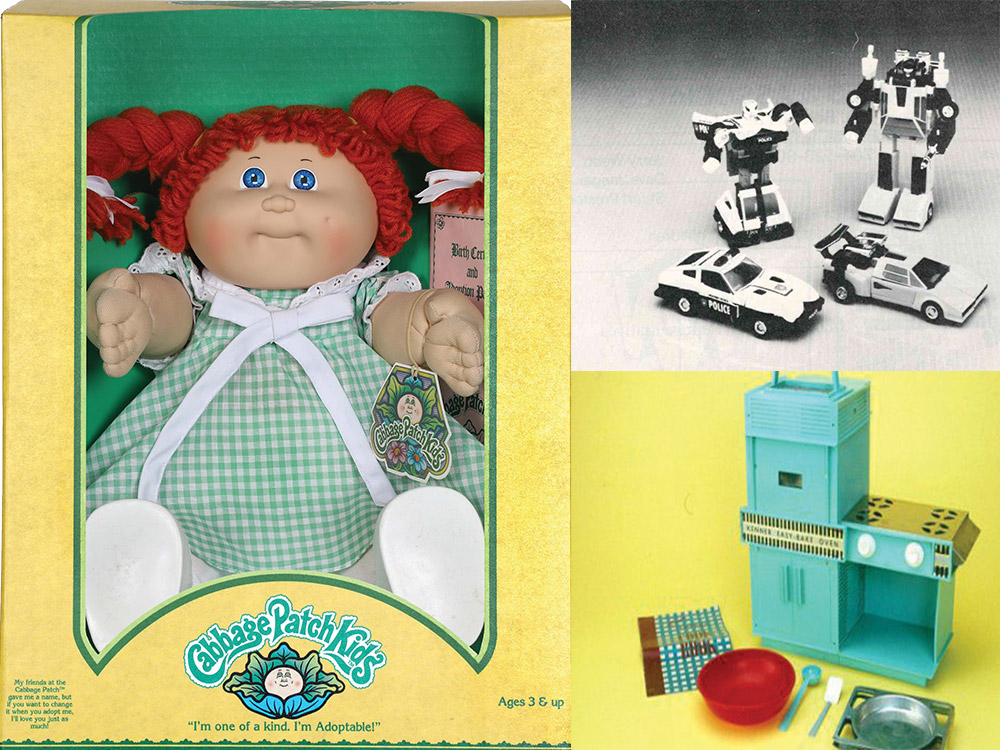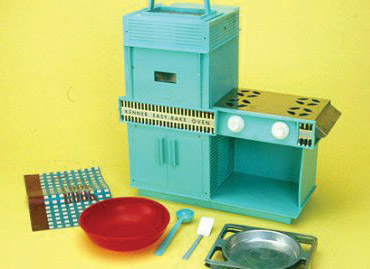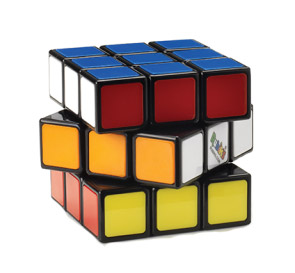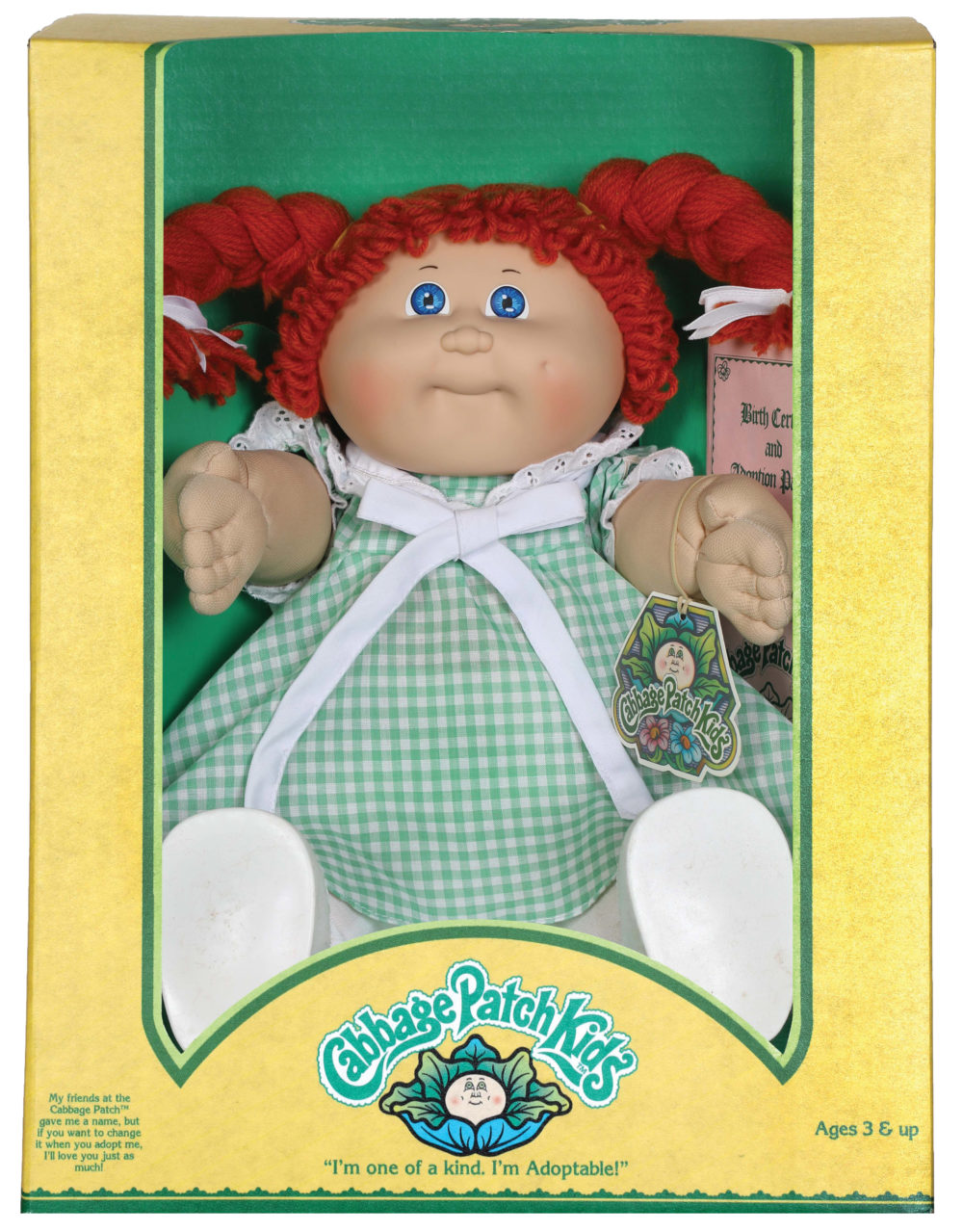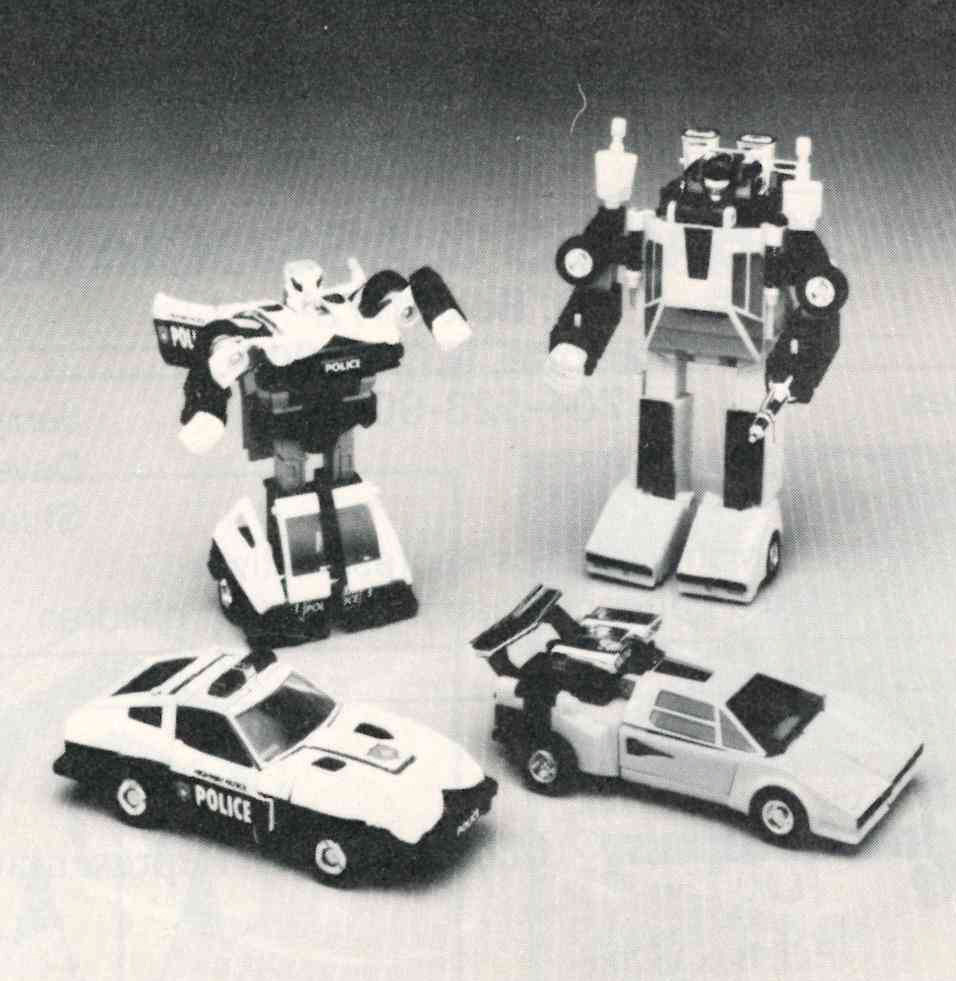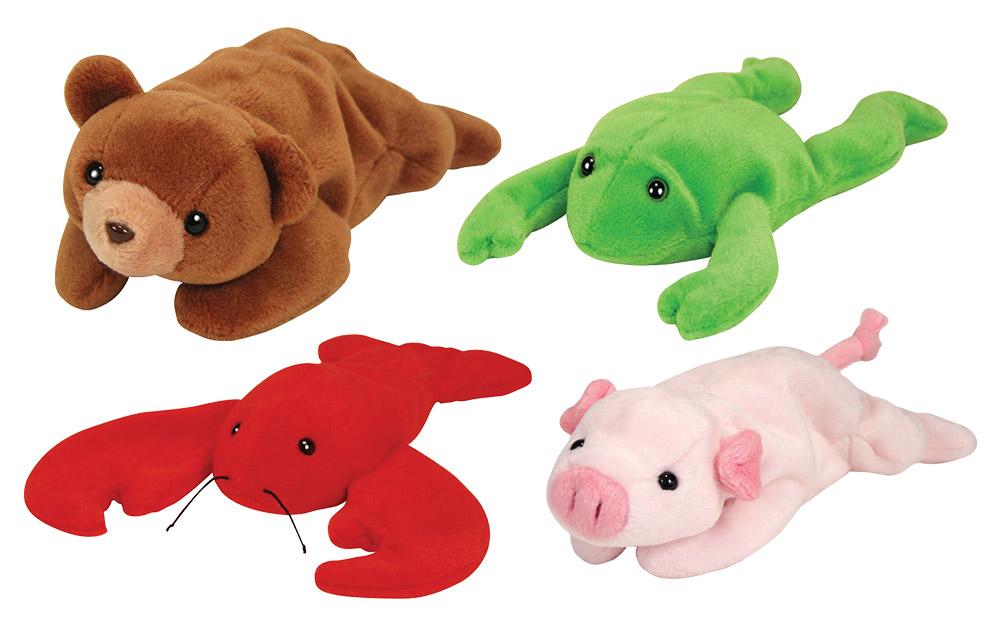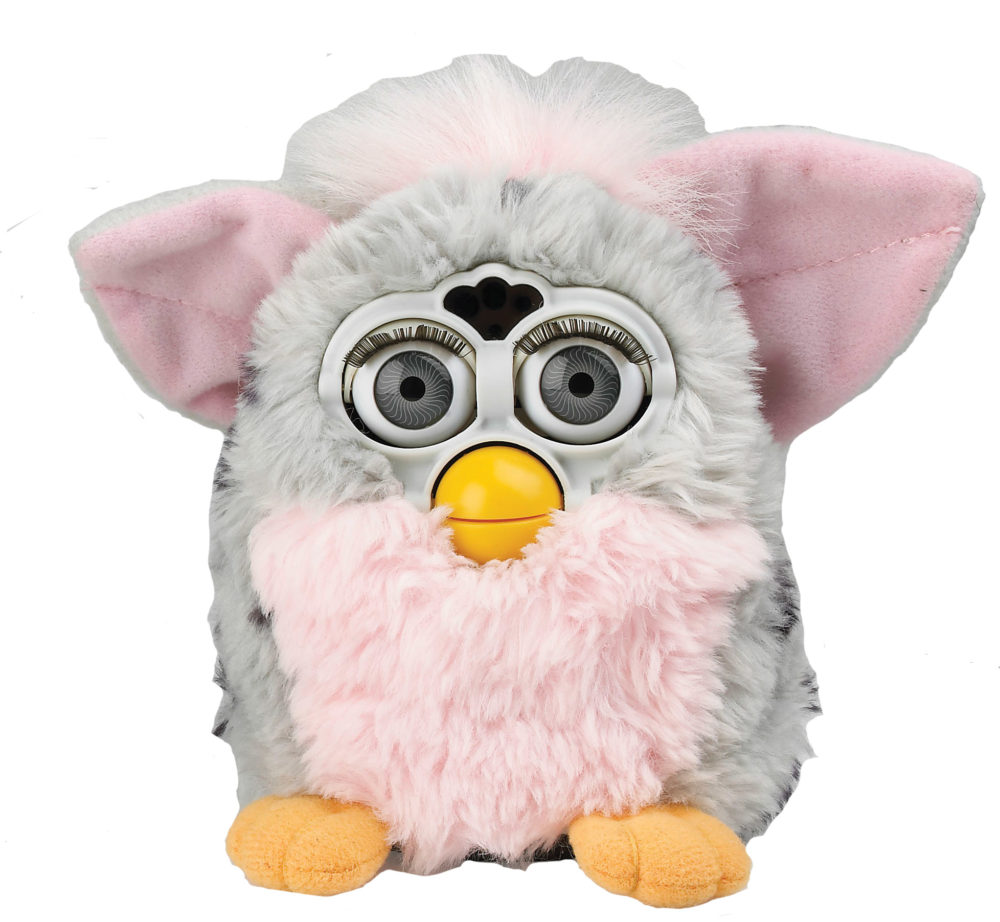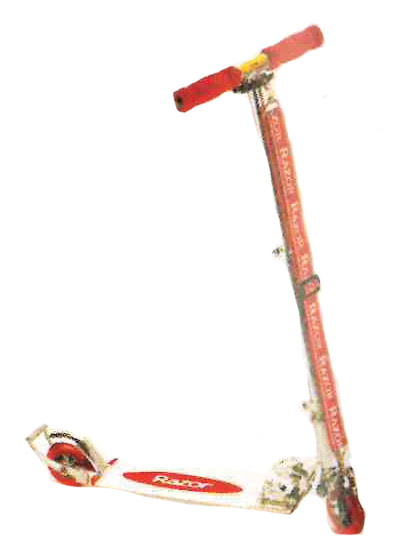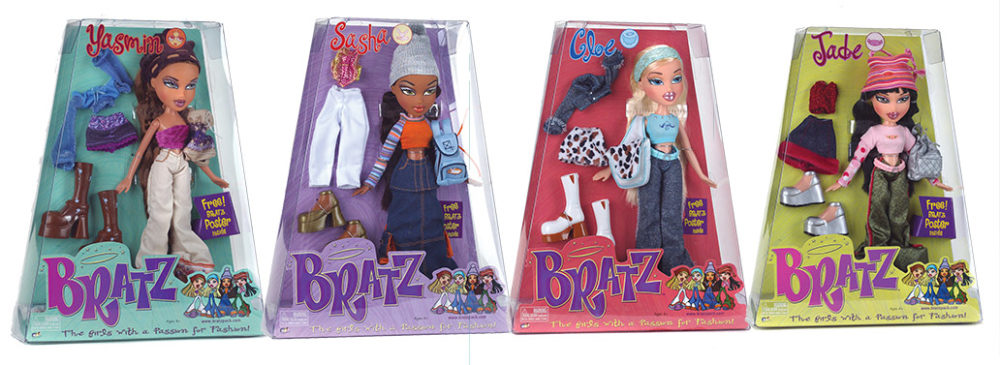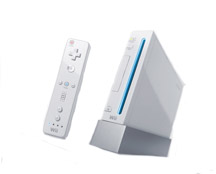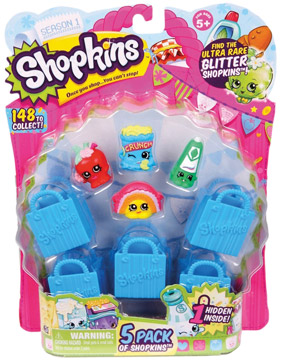From vehicles and dolls to innovative tech-enhanced toys, several playthings throughout the decades changed the marketplace. As these iconic toys launched and created excessive consumer demand, they sold out in stores and were top of mind with kids and parents alike. Hop into the time machine and relive the hottest toys that changed our world and popular culture.
1963: Easy Bake Oven | Kenner Products
Kids could bake real desserts with the working toy miniature oven, which used a light bulb as its main heating source. The first iteration also featured a tiny stovetop, in which kids could bake sweet treats. Updated models through the decades featured developing technology and on-trend designs.
1988: Hot Wheels | Mattel
“The original design team was challenged to concept toy cars that out-performed other vehicles in the market and tasked to deliver on the ‘cool quotient’ to appeal to both kids and adult car fans. These miniature vehicles were created to deliver on speed and performance, as well as to feature an incredible attention to the authentic details of the individual car models.”–Reyne Rice, CEO and founder, ToyTrends
1974: Rubik’s Cube | Rubik’s Brand Ltd.
In 1974, Hungarian professor Erno Rubik sought a way to teach his students about three-dimensional problems in ways they could comprehend. He invented a cube that twisted and turned, creating a new type of puzzle. The iconic puzzle cube found its signature look using 54 colored stickers. By the early 1980s, the cube appeared at toy fairs and the puzzle gained global popularity. More than 400 million Rubik’s Cubes have been sold since 1980.
1983: Cabbage Patch Kids | Coleco
Artist Xavier Roberts found acclaim in the late 1970s for his handmade Little People Originals fabric sculptures. The following decade, he created these dolls straight from the Cabbage Patch, and they became an in-demand toy as millions of kids began adopting the yarn-haired friends.
1984: Transformers | Hasbro
Hasbro launched the first Transformers line in 1984, a collection of figures with a good-versus-evil backstory. The figures, based on the TV series of the same name, transformed into a different object by unfolding and twisting in a specific order.
1993: Beanie Babies | Ty
“Beanie Babies was the biggest toy craze I’ve ever seen. Ty created incredible demand that had consumers lining up for adorable plush that would sell out the second it hit store shelves. As a teenaged Hallmark store clerk, I was amazed to see our quiet store with a line out the door and customers trying to sneak into the stock room to get Beanie Babies as they were unpacked from fresh shipments.”–Jackie Breyer, publisher, the Toy Book
1998: Furby | Tiger Electronics
“The creature’s cutting-edge technology was invisible. There was no on/off switch; Furby was programmed to simulate a life form. It was not a ‘watch me’ toy. It was reactive to myriad stimuli such as light, sound, and touch. It had two vocabularies, Furbish and English, [and they] communicated with each other. Furby was the perfect friend, loyal and unconditionally loving.”–Richard Levy, Furby co-inventor
2000: Razor Scooters | JD Corp.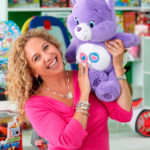
“Razor scooters were totally revolutionary. The colored wheels, the sleek design, the metal frame, and the folding capability made it stand out from everything else on the market. It was easy to ride and light enough to take anywhere. Razor created a toy that made scootering around town cool. It truly gave kids, teens, and adult alike a whole new mode of transportation.”–Laurie Schacht, chief toy officer, the Toy Insider
2001: Bratz Dolls | MGA Entertainment
“They were very three-dimensional and the colors were just so different than anything else in the marketplace. There weren’t a lot of choices in the fashion doll aisle. At the time, the Disney Channel was really taking off, Hilary Duff, Lindsay Lohan—there was this pop culture movement for tween girls just starting to happen. It gave a sense of empowerment, and it was definitely the right time for a fashion doll to come on the scene that reflected that.” –Dave Malacrida, former VP, public and media relations, MGA Entertainment
2006: Nintendo Wii | Nintendo
Following the success of other gaming systems, such as Xbox and PlayStation, the innovative Nintendo Wii launched in 2006. The sleek gaming console featured multiplayer games, modern display graphics, and wireless controllers. The new Wii Remote Controllers allowed users to control gameplay with physical gestures, thanks to built-in accelerometers and infrared detection.
2014: Shopkins | Moose Toys
Moose started the collectibles craze in the early 2010s with its line of Shopkins—a range of tiny toys that kids can collect and trade. The cute collectibles came in grocery themes, made with intense attention to detail. With a surprise blind pack reveal, kids were on the hunt for rare figures to add to their collections.
This article was originally published in the Pop Insider’s Winter 2019 Issue No. 2, click here to read more!

